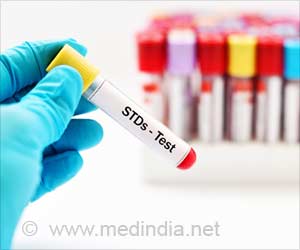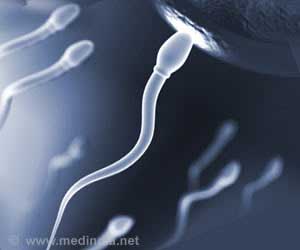Researchers have revealed that vulvodynia is the actual reason behind women experiencing painful sex.
Researchers have revealed that vulvodynia is the actual reason behind women experiencing painful sex.
Characterized by pain or discomfort with sexual intercourse, rawness, stinging, itching and burning in the vagina or vulva, vulvodynia is a common condition, but it is often undiagnosed or misdiagnosed.“The symptoms of vulvodynia mimic those of other, common vulvovaginal infections. Women are routinely and incorrectly told that they have a yeast or bacterial infection over and over again,” explains Christin Veasley, associate executive director of the National Vulvodynia Association in Silver Spring, Md.
Vulvodynia is more prevalent than most health practitioners realize. Roughly 16 percent of women between the ages of 18-64 have experienced chronic vulvar pain for at least three months or more, according to a survey by Brigham and Women’s Hospital in Boston, Mass.
The word “vulvodynia,” literally means “painful vulva,” which is the part of female genitalia that consists of the mons pubis (fatty tissue at the base of the abdomen), the labia, the clitoris and the vaginal opening. Women who suffer from vulvodynia may experience intermittent or constant pain which can persist for months to years.
Researchers said that what makes the condition worse is that vulvodynia is difficult to diagnose. A diagnosis often occurs only after other conditions are excluded.
“Vulvodynia is diagnosed when other causes of vulvar pain, such as yeast or bacterial infections, or skin diseases, are ruled out,” Veasley said.
The tissue of the vulva region may appear swollen or inflamed, but more often than not, it looks normal, he said.
He further said that the cause of vulvodynia is unknown, partly because there has been a lack of research on the disorder in recent years. However, he claimed that vulvodynia is not caused by a sexually transmitted disease.
According to the National Vulvodynia Association, potential causes of vulvodynia include an injury to, or irritation of, the nerves that innervate the vulva, an abnormal response of different cells in the vulva to environmental factors (such as infection or trauma), genetic factors associated with susceptibility to chronic vulvar vestibular inflammation, a localized hypersensitivity to yeast, and spasms of the muscles that support the pelvic organs.
Currently, there is no cure for vulvodynia, but it is important for women to seek medical attention because the pain can be managed and treated, Veasley said.
“Treatment is directed at symptom relief and includes drug therapy to ‘block’ pain signals. In women who have associated pelvic floor muscle spasm or weakness, physical therapy, biofeedback and/or Botox injections may be incorporated into the treatment plan,” he added.
Source-ANI
SRM/V








